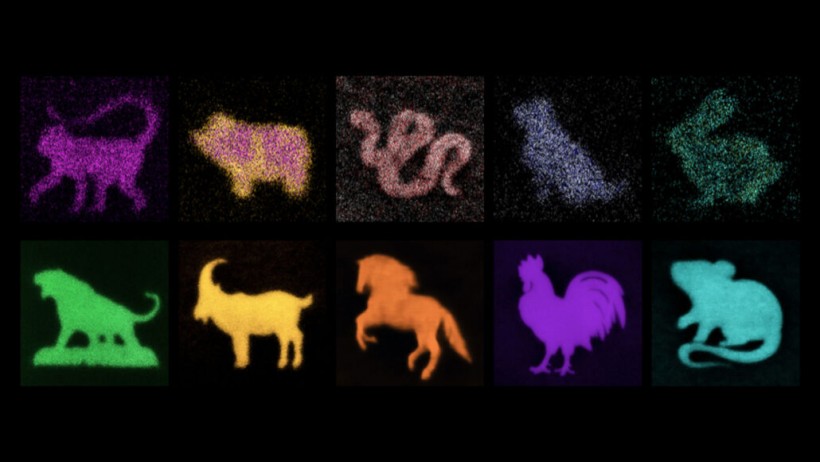It's hard to use additive manufacturing to make complex, high-resolution objects from various materials. Fei Han from the Chinese University of Hong Kong and other scientists, femtosecond light sheets and nanoparticle-laden hydrogels were used to creating very finely detailed objects from various materials.
Ceramics, polymers, metals, semiconductors, and other materials benefit from the strategy's ability to preserve small feature sizes. Nanofabrication could be made possible with this method on a variety of materials.
High-tech shrink art could be the key to creating 3-D nanostructures, holograms, and even tiny electronics that conceal secret messages. According to a study published on December 23 in the online journal Science, a novel method for building tiny structures involves shrinking them after they have been constructed rather than making them small from the start.
Shrinking Hydrogels
The most important are sponge-like hydrogels that expand or contract in response to environmental chemicals. The researchers made patterns with details as small as 25 billionths of a meter across by laser-inscribing patterns into hydrogels and then shrinking the gels to about one-thirteenth of their original size.
Science News stated that the researchers could create letters with that level of precision that were small enough to easily write the entire article along the circumference of a typical human hair. To create nanoscopic images of animals from the Chinese zodiac, biological scientist Yongxin Zhao and his colleagues deposited various materials in the patterns.
After laser etching, the hydrogels were reduced until they were roughly the size of a red blood cell. Silver monkeys, pigs made of gold and silver, snakes made of titanium dioxide, dogs made of iron oxide, and rabbits made of luminescent nanoparticles were among them. The researchers also created holograms in layers within a chunk of hydrogel to encode secret information because the hydrogels can be repeatedly shrunk and expanded using chemical baths. A hydrogel hologram becomes unreadable when it shrinks.
According to Carnegie Mellon University's Pittsburgh-based Zhao, developing this will need to increase the sample size to read it. However, it must expand the same as the original. In effect, unlocking the hydrogel's hidden information requires knowing how much to expand it. However, according to Zhao, the wide range of materials that can be utilized on such minute scales is the most exciting aspect of the research. Scientists will be able to create truly functional nanodevices by combining various materials.

These Chinese zodiac animals etched in hydrogels come in many materials, including gold (goat), titanium dioxide (snake) and luminescent nanoparticles (rabbit). The images on the bottom are each a few dozen micrometers wide. The images at the top started that big and were then shrunk to roughly one-tenth their size.
ALSO READ: Novel Method for Metal Nanostructures Possess High Electrocatalytic Ideals for Fuel Cells Efficiency
Promising New Method
To illustrate the potential of their new method, the team fabricated various nanodevices, such as encrypted optical storage, diffractive optical elements, and microelectrodes, to demonstrate the precision and specific functions it can achieve. The optical storage device they created broke records for storage density and data-writing speed. The storage density of 1.14 petabit/cm3 is about three times higher than previous records, and the data-writing speed of 84 Mbit/s is due to the high-speed nature of the femtosecond projection method.
These results indicate that this method can provide a comprehensive solution for creating nanofabrication across various materials and has the potential to open up new possibilities for designing advanced nanodevices, ultimately leading to the production of a wide range of technologies.
Professor Chen Shih-Chi added that the true significance of this research lies in the fact that it simultaneously achieved all the key factors for successful manufacturing: resolution, fabrication rate, and cost, as the educator stated in the university statement.
This means that the new method can not only produce micro and nanodevices that were previously impossible to make but can also produce them at high speeds and low cost for practical use in photonics, healthcare, automobiles, and aerospace. In the future, the researchers aim to construct functional nanodevices using various materials, like nanocircuits, nanobiosensors, light-emitting diodes, and lasers, for different applications.
RELATED ARTICLE: Nanoscale Materials Derived From Rare Experiments Poses Medicine and Energy Potential
Check out more news and information on Nanotechnology in Science Times.














